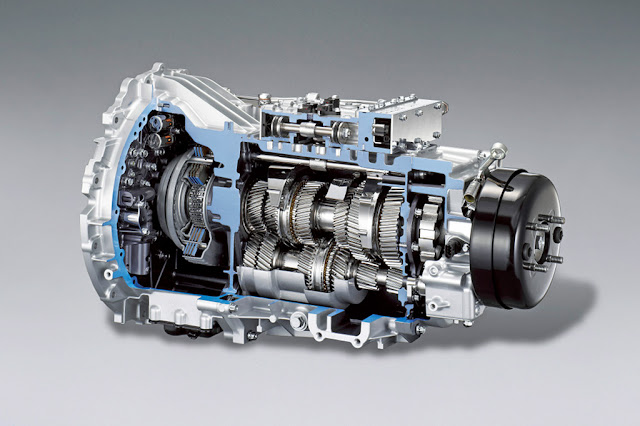Innovations in Automatic Transmission Systems for Improved Performance

Automotive
Transmission Systems
Innovations in automatic transmission systems have been instrumental in enhancing vehicle performance, driving comfort, and fuel efficiency. As technology continues to advance, automotive manufacturers are continuously pushing the boundaries to develop more sophisticated and efficient automatic transmissions.
One of the significant
innovations in automatic transmission systems is the development of dual-clutch
transmissions (DCTs). DCTs offer lightning-fast gear changes by employing two
separate clutches—one for even-numbered gears and another for odd-numbered
gears. This design allows for seamless and almost instantaneous shifts,
resulting in smoother acceleration and improved performance. DCTs strike an
excellent balance between the fuel efficiency of manual transmissions and the
convenience of traditional automatics.
According to Coherent
Market Insights the Increasing demand for all types of vehicle is
driving the growth of the Automotive
Transmission System Market.
Another notable advancement is
the introduction of continuously variable transmissions (CVTs). Unlike
traditional gear-based transmissions, CVTs use a system of belts and pulleys to
provide an infinite number of gear ratios. This enables the engine to operate
at its most efficient RPM (revolutions per minute) for a given driving
condition, leading to improved fuel economy and performance. CVTs have become
increasingly popular in modern vehicles due to their smoothness and efficiency.
Furthermore, automakers are
incorporating more electronic control and software integration into automatic
transmission systems. This allows for adaptive and predictive shifting
patterns based on real-time data, such as driving habits, road conditions, and
traffic patterns. The integration of sensors and vehicle-to-vehicle
communication enables transmissions to anticipate gear changes and optimize
performance for various driving scenarios.
In recent years, hybrid and electric
vehicles have also influenced innovations in automatic transmission systems. In
hybrid vehicles, manufacturers have developed power-split or planetary gear
sets that combine the power of internal combustion engines with electric
motors. These transmissions seamlessly switch between power sources, maximizing
efficiency and performance.
In the case of electric vehicles
(EVs), the need for traditional gear shifting is eliminated since electric
motors deliver maximum torque from zero RPM. However, some EVs utilize
single-speed transmissions to optimize power delivery to the wheels and achieve
higher top speeds.
Moreover, innovations in
materials and manufacturing techniques have improved the durability and
efficiency of automatic
transmission systems components. Lightweight materials like advanced
composites and aluminum reduce the overall weight of the transmission,
contributing to better fuel efficiency and handling. Precision manufacturing
ensures smoother gear engagement and less friction, leading to improved
performance and reduced wear and tear.
Additionally, the rise of
autonomous driving has influenced transmission innovations. As vehicles become
more autonomous, the focus shifts towards refining gear control algorithms for
seamless integration with autonomous systems. Predictive shifting and
intelligent gear selection algorithms become crucial to provide a comfortable
and efficient ride in autonomous driving modes.
In conclusion, continuous
innovations in automatic transmission systems have played a pivotal role in
elevating vehicle performance and driving experiences. The development of
dual-clutch transmissions, continuously variable transmissions, and electronic
control systems has resulted in smoother gear shifts, improved fuel efficiency,
and enhanced driving comfort. As automotive technology continues to evolve, we
can expect even more advancements in automatic transmission systems, catering
to the evolving needs and demands of modern drivers and vehicles.


%20Market1.png)
Comments
Post a Comment